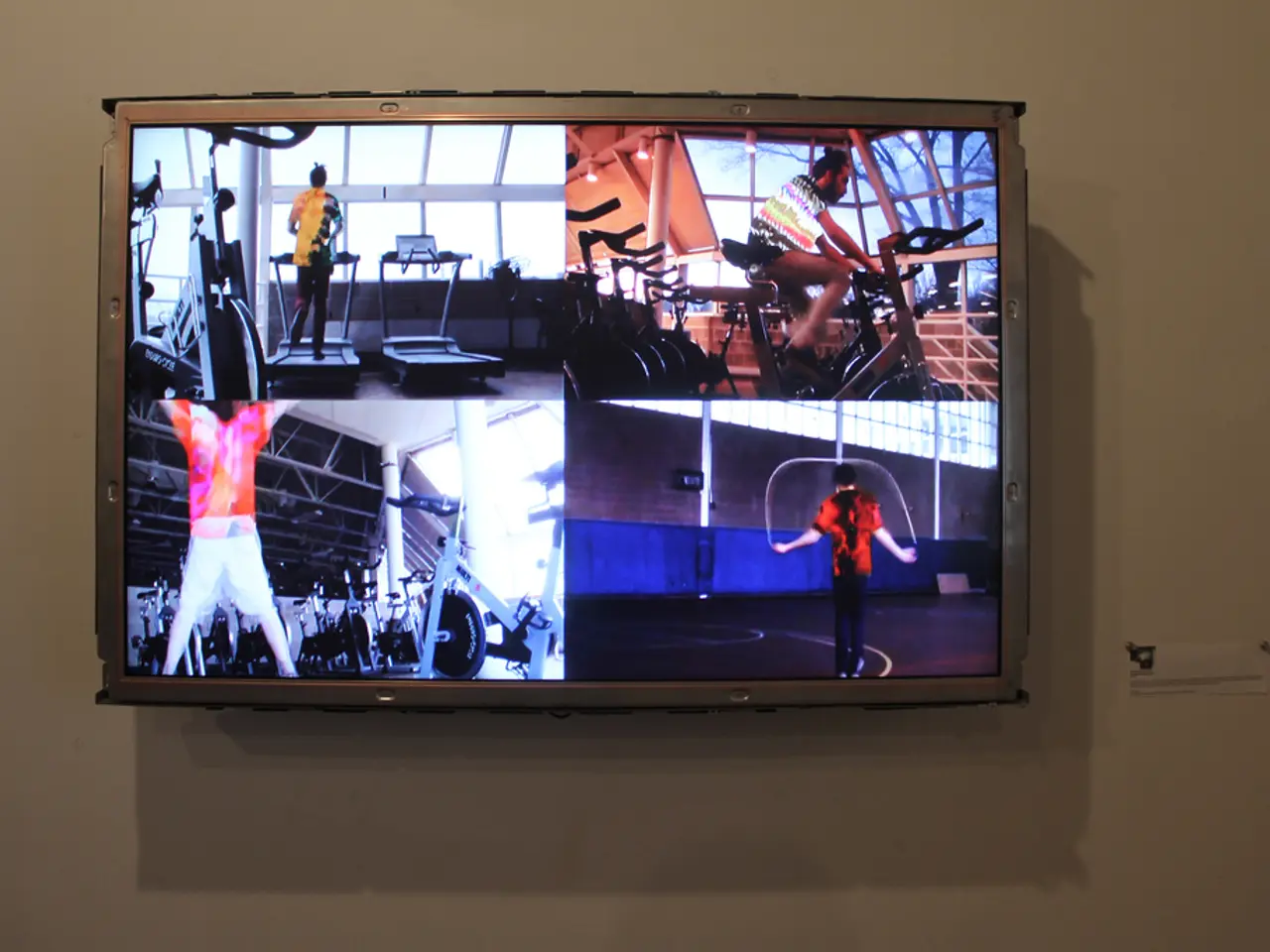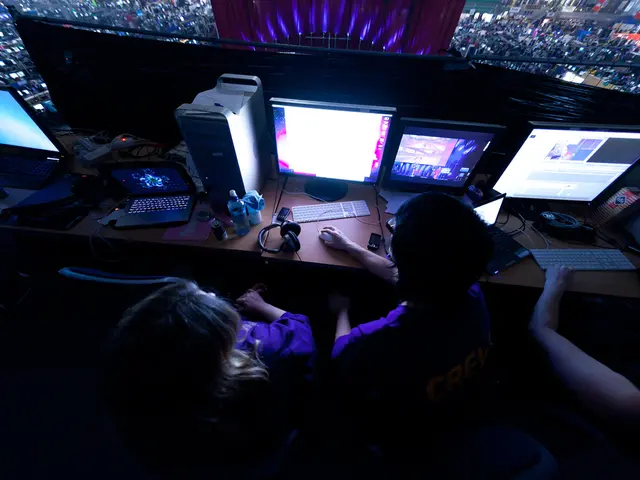Who oversees YouTube if it's considered a television network?
In the ever-evolving world of media, two giants are making waves - traditional television and YouTube, the video-sharing platform. A recent development in this battle for audience attention comes in the form of YouTube's Shorts, and the unique way they are measured.
Barb, the organisation responsible for TV audience measurement in the UK, has adopted an audio-matching Automated Content Recognition (ACR) methodology to track when sample channels are viewed on TV sets. This new approach is significantly different from the traditional methods used by Barb, but it's not just the measurement that sets YouTube apart.
YouTube has become the UK's second-most watched home service on TV, just behind the BBC and ahead of ITV. Interestingly, YouTube measures Shorts views primarily based on user watch behavior, particularly the percentage of the Short watched. This approach differs from TV metrics that emphasise total minutes watched and reach across fixed schedules.
This measurement method creates challenges for direct comparison with traditional TV metrics. For instance, YouTube Shorts, being brief (often 15-60 seconds), prioritise full completion rates and engagement signals (likes, comments, shares), reflecting viewer interest even if total viewing time is brief. On the other hand, TV viewing metrics usually count total minutes watched and audience reach during scheduled broadcasts.
Moreover, the shift towards personalised and on-demand viewing on YouTube, compared to scheduled TV, affects how views are counted and how content is surfaced. This shifts the meaning of a "view" compared to traditional TV's scheduled and passive viewing experience.
Reuben Halper, Head of YouTube New Zealand, argues that Shorts metrics do not affect ads, and YouTube's versatility complicates its value. Despite this, the platform's exit from Barb is not a retreat; it's a move towards control, as YouTube sets and updates its own metrics, with its logic remaining platform-first, not public-first.
It's also worth noting that only 20% of YouTube content viewed in the UK is British-made. In a recent move, YouTube scrapped its 'Trending' tab, and the platform's shows are reverse-engineered from monetization logic, not mission-led commissioning.
The same panel-based methodology used for broadcasters will track the weekly reach, share of TV-set viewing, minutes watched, and viewer demographics of YouTube's most popular content. This move enables cross-platform comparisons, but it may mask the fundamental differences in content format and viewer behaviour between the platforms.
In summary, the unique measurement method of YouTube Shorts and the shift towards personalised, on-demand viewing create challenges for direct comparison with traditional TV metrics. Recent efforts to track YouTube viewing with TV-style panels enable some parity but may mask the fundamental differences in content form and audience interaction between the platforms.
As the media landscape continues to evolve, it is crucial for planners to ask who's curating the YouTube experience and who's responsible for what comes next. The issue of equivalence between the platforms becomes a story that YouTube gets to tell, rather than a value it has to prove.
- Data-and-cloud-computing techniques, such as the audio-matching Automated Content Recognition (ACR) methodology used by Barb, have been adopted to measure viewership of sample channels on traditional TV sets.
- Education-and-self-development is essential for planners to understand the fundamental differences in content format and audience interaction between traditional TV and video-sharing platforms like YouTube, given the unique measurement method of YouTube Shorts.
- In the realm of advertising, the versatility of YouTube, including its Shorts, creates complexity in its value, given its platform-first approach to setting metrics, which contrasts with the public-first orientation of traditional TV.




